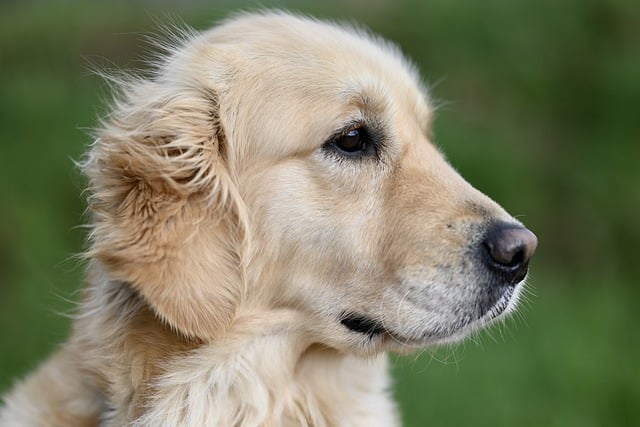
How do i train my dog to be obedient?
Watching your dog dart across the park ignoring your calls isn’t just frustrating—it can put them at risk near busy streets or public spaces.
Getting your dog to use a specific spot for potty time saves frustration, keeps your space clean, and helps build a steady routine for both of you. Whether you’re raising a tiny puppy still learning the ropes or helping an older dog adjust to a new home, the right steps make this training smooth and stress-free.
Observing your dog’s routine is the first step—most pups need to go shortly after eating, napping, or playing. Pick a spot that’s easy for both of you to access, like a corner of the backyard with soft grass, and always take them there at the same times each day. Bring a small bag of their favorite treats too; positive reinforcement works far better than scolding when building new habits. Remember, patience is key here—young puppies or rescue dogs might take a few weeks to consistently use the designated area.
Before you start training, check your local area’s pet laws, as many places require dogs to be on a leash when outside and have strict rules about cleaning up waste. Keep a roll of biodegradable poop bags in your pocket or near the training spot to make cleanup quick and easy. Ignoring these rules can lead to fines, and it also shows respect for your neighbors and the community. Teaching your dog to go in one spot also makes it simpler to stay compliant with these regulations.
 When your dog starts to sniff around or circle the designated area, encourage them with a calm, happy voice—phrases like “good spot” or “go potty” help them associate the action with the place. As soon as they finish, give them a treat right away and lots of praise so they link using that area to positive rewards. If they have an accident elsewhere, don’t yell; just clean it up quietly with an enzyme-based cleaner to remove the smell, which prevents them from going there again.
When your dog starts to sniff around or circle the designated area, encourage them with a calm, happy voice—phrases like “good spot” or “go potty” help them associate the action with the place. As soon as they finish, give them a treat right away and lots of praise so they link using that area to positive rewards. If they have an accident elsewhere, don’t yell; just clean it up quietly with an enzyme-based cleaner to remove the smell, which prevents them from going there again.
Consistency is more important than anything else during this process—try not to skip training sessions, even on busy days. If you have to be away, ask a friend or pet sitter to follow the same routine, taking your dog to the specific spot at the usual times. You can also leave a small piece of their bedding or a toy near the area to make it feel more familiar and safe. Over time, this routine will become second nature for your dog, and they’ll head to their spot on their own.
Once your dog reliably uses the specific area, keep up the occasional treats and praise to reinforce the habit—this helps prevent regression, especially during changes like moving or traveling. You’ll also find that this training makes walks and outdoor time less stressful, as you won’t have to worry about accidents in unwanted places. Following local laws and being a considerate pet owner will also strengthen your bond with your community, making the whole process rewarding for both you and your furry friend.

Watching your dog dart across the park ignoring your calls isn’t just frustrating—it can put them at risk near busy streets or public spaces.

New puppy owners often find themselves rushing to clean up accidents before they set in, and that’s where puppy pad training becomes a game-changer.

If you've noticed your dog's waistline disappearing and your veterinarian has mentioned those few extra pounds, your first instinct might be to simply reduce the amount of food in their bowl.

Training a dog to use a designated spot indoors isn’t as daunting as many new owners fear, but it does take consistency and an understanding of your pet’s needs.

That moment of dread on a walk is all too familiar for many new dog owners. You see another dog approaching down the sidewalk of your neighborhood

If the sight of another dog on your neighborhood walk makes your heart sink as your own dog erupts into a frenzy of barking and lunging, you're not alone.